Google the name “Monty Don” and the resulting list of endearingly odd questions that appears on the screen is eye-opening in terms of what it reveals about the public’s fascination with this charismatic, Cambridge-educated British gardener, writer, broadcaster and host of BBC’s Gardeners’ World.
Why does Monty Don wear red socks? What does Monty Don do during the winter? Why does Monty Don always wear a scarf? Is Monty Don a vegetarian? Is Monty Don ill? Where does Monty Don get his clothes from? What sort of shovel does Monty Don use? Why doesn’t Monty Don wear gloves? Was Monty Don really once a binman? Did Monty Don really study at the London School of Economics? Is Monty Don still married?
Reading them, one wonders if the young Monty Don had any inkling of what he was letting himself in for when he made his TV debut in 1989 as a fresh-faced young gardening expert with a weekly slot on ITV’s This Morning Show with hosts Richard and Judy. Now 68, could he ever have imagined a world where, courtesy of the internet, we often know more about the lives of public figures than we do about our closest neighbours, from the history of their relationships to the state of their health?
In the case of Monty, for example, his many fans know that he suffers sporadically from bad depression, a subject that he started speaking openly about many years before it became the norm.
READ MORE
“My depression, when it hits, isn’t pretty or poetic. It’s ugly, unromantic and awkward”, he says. “But thankfully it hasn’t been too bad in the last few years.”
It’s also well known that for forty years he’s been very happily married to his wife Sarah Erskine, a jewellery designer and architect whom he first met at Cambridge University where he was studying English Literature, an encounter that he describes as love at first sight. In the past, he’s also often spoken about how the young couple founded and ran their highly successful costume jewellery business in the 1980s before they lost almost everything when it all went belly-up in the financial crash of 1987.
“When you go through something like that, of course it leaves its mark. So although I wouldn’t call myself rich, I count myself very lucky that my work as a garden writer and broadcaster means that I no longer have those kinds of money worries. But I don’t ever take it for granted. To this day there’s still always that feeling that it could all disappear tomorrow, that sense that you should have your suitcase packed and ready beneath the bed.”
Anyone who has regularly watched Gardeners’ World will also probably know the names of at least some of Don’s family dogs, so beloved to him that he devoted an entire book to them. Nigel and Nell (Nigel died in 2020 while Nell sadly died just a few weeks ago), along with Patti and Ned, quickly established themselves as the canine stars of the enduringly popular BBC gardening show. He has hosted the show since taking over from Alan Titchmarsh in 2003, apart from an interlude of three years (2008-2011) when he was recovering from a mini-stroke.
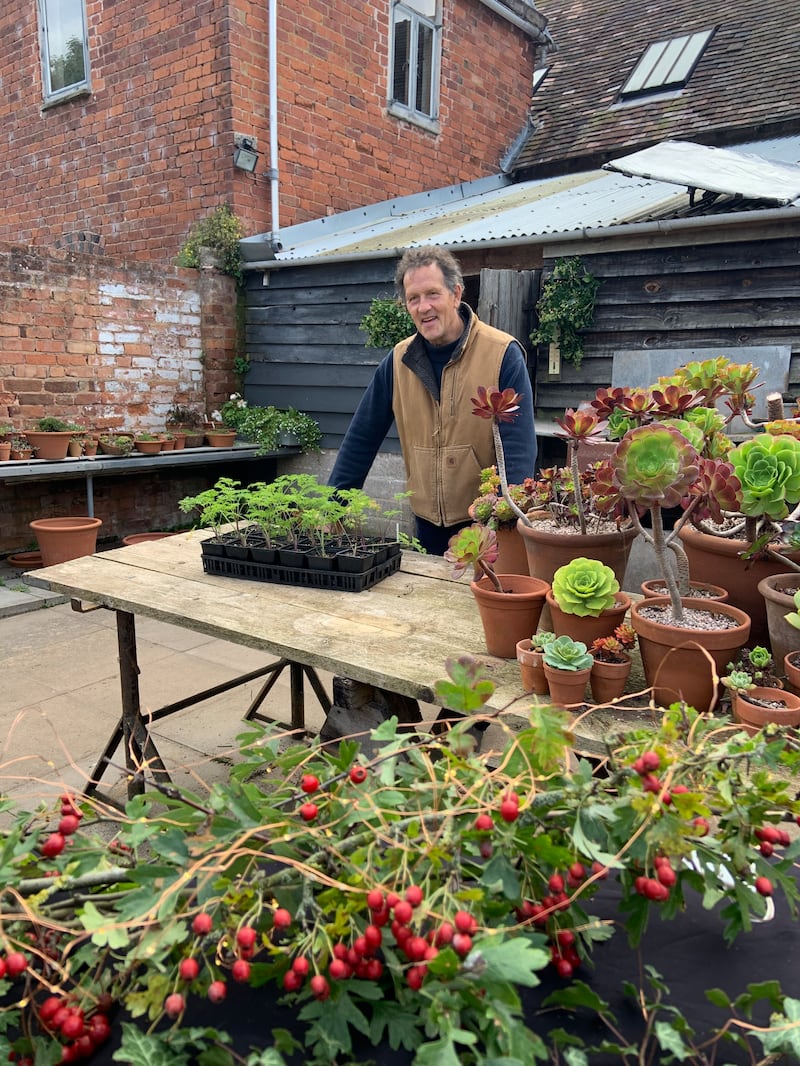
What, I ask him, does it feel like to experience first-hand that level of public curiosity in the minutiae of his private life? And would he hand that household level of fame back now if he had a choice?
“What has kept me sane,” he tells me, “is that I had the good fortune when I was in my early twenties to fall deeply in love with someone who felt the same way about me. Before Sarah, I never felt like I fitted, if you know what I mean. But with her, I do. As for becoming famous, I think that at some stage most people have the choice of opting out of that process if it’s not for them. In my case, I’ve obviously chosen not to do so. But at the same time, much as I really like having my work appreciated by a lot of people, I don’t take that part of my life too seriously, it’s like reading about someone else. In real life, my private life is very private, I don’t socialise much, or go to many parties. Instead, I’m much happier at home or working. That said, my wife would always say that the more famous I’ve become, the happier I’ve become.”
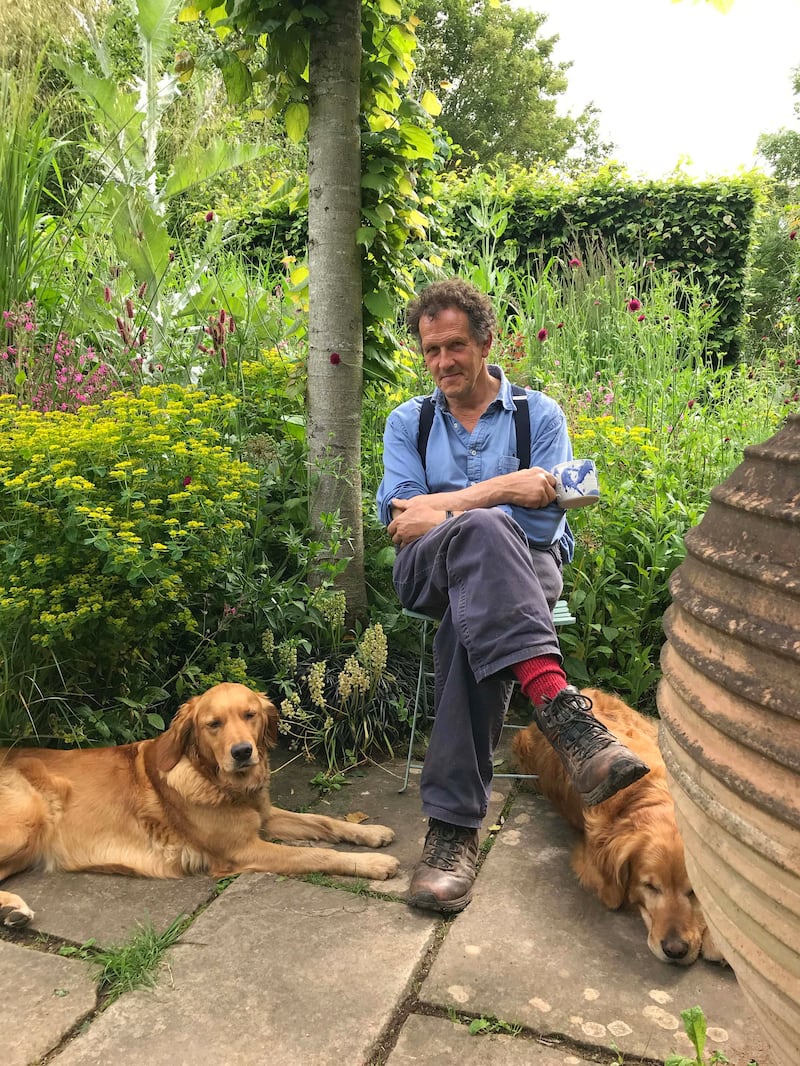
As the host of BBC 2′s Gardeners’ World, a series that has run for more than 50 years, Monty Don walks in the footsteps of a series of other English gardening greats including the late Geoff Hamilton, Peter Seabrook and Percy Thrower. But it’s a role he’s very much made his own. On camera, he’s a relaxed, charming, somewhat poetic presence, eloquent in his admiration of the natural world and as a long-time advocate of organic gardening, steely in his determination to show its three million or so viewers how to garden in a way that’s respectful of the planet. The Gardeners’ World gig aside, he’s also well known as the presenter of several other gardening series for BBC where he visits some of the world’s loveliest gardens including those of America, Japan, Morocco, India, Spain and Iran and as the face of BBC’s annual coverage of the RHS Chelsea Flower Show.
Since 2011, the Gardeners’ World show has been filmed at Don’s two-acre country garden at Longmeadow in the Herefordshire Marshes, a dreamy place of lush borders, pleached lime trees, orchards, topiary yews and lily ponds that he and Sarah have been creating together since they first bought the property in 1991. It’s at Longmeadow that Don also does most of his writing, setting himself a minimum daily wordcount of 1,000 words. A prolific, very disciplined writer, he aims to produce “a book a year on average”, which he mainly writes during the winter and early spring months when he’s not busy filming. Although he has cut back on his journalism in recent times, he was the gardening columnist for the Observer from 1994-2006; the gardening columnist for the Daily Mail from 2004-2023; and a regular contributor to the late and lamented Amateur Gardening; as well as the magazine that accompanies the Gardeners’ World Series.
“People might know me best as a broadcaster, but I think of myself first and foremost as a writer. I spend far more days a year writing than doing TV work.”
Since childhood, he’s also been an avid reader. His favourite book is The Goshawk, by TH White, a literary classic that tells the tortured tale of the relationship the author forges with a hawk that he attempts to tame. “I first read it as this awkward seventeen-year-old who was writing lots of bad fiction and awful poetry. It was life-changing. Here was this story of this lovely, strange, truculent, difficult man and this lovely, strange, truculent, difficult bird, out of which came this beautiful book…It taught me that great writing is borne of personal experience. Like me, White also didn’t really ‘fit’ anywhere and yet at the same time, like me, he was most at home in the countryside.”
He’s also a regular reader of poetry. “I was brought up to revere the Holy Trinity that is Yeats, Auden and Eliot. At the moment I’m enjoying the poems of the Welsh poet RS Thomas. His favourite gardening book? “I think that would have to be Derek Jarman’s book about creating his garden at Dungeness. It was so revolutionary, so radically different from what was going on in the traditional gardening world at the time.”
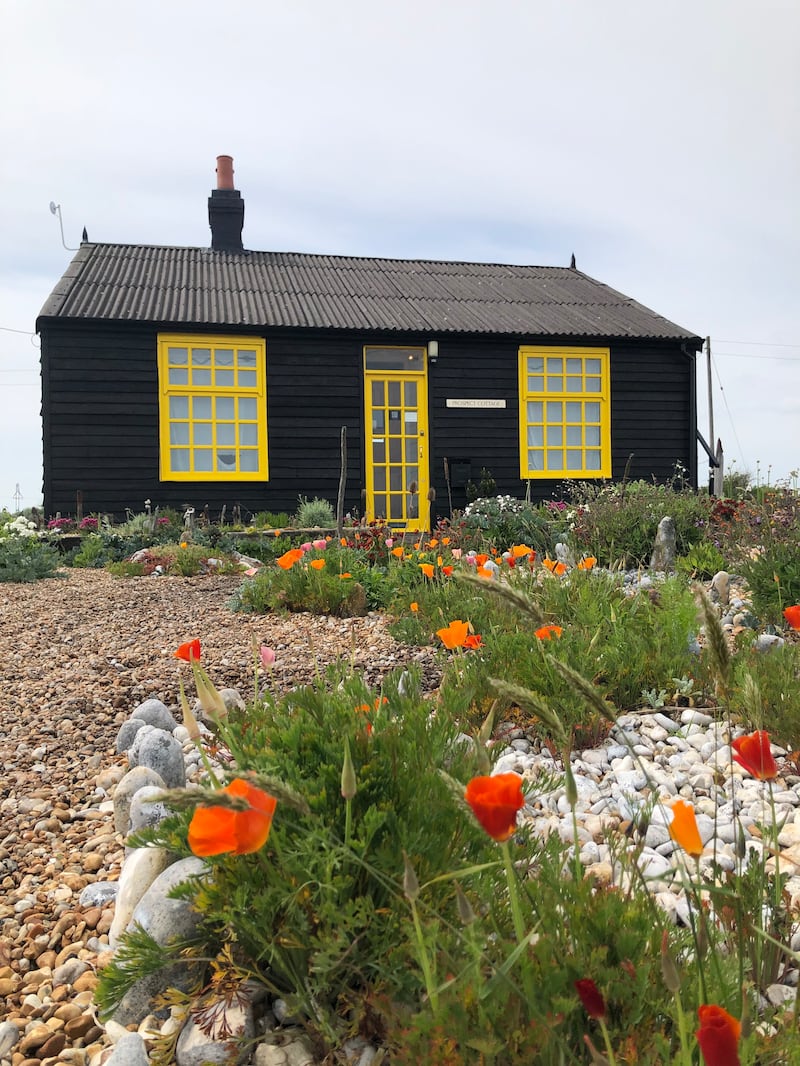
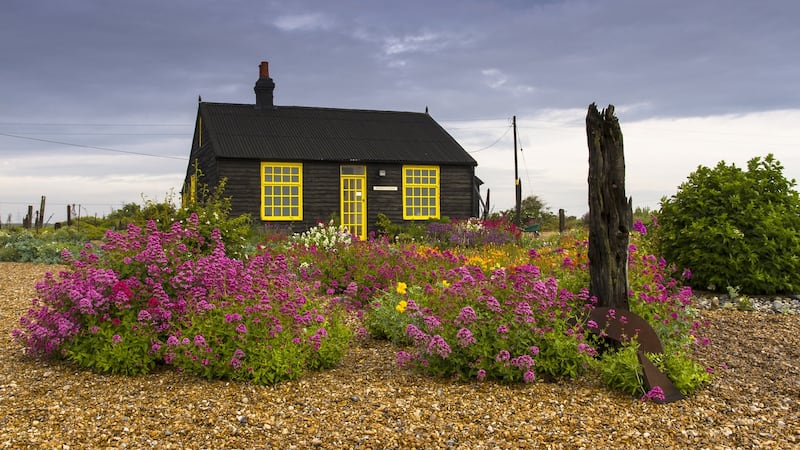
His latest book, The Gardening Book (his 27th), was published last week by Penguin, in association with BBC Books. Its publication is something that his one-million-plus Instagram followers are already keenly aware of, many of them women of a certain age, who are more than a little in love with this mellifluous-voiced “horticultural heartthrob and soother of souls”, to quote the UK’s Independent.
Described by its publishers as a book of 100 gardening recipes, its intended audience isn’t so much those who already garden, as those who would love to but lack the confidence and knowledge to do so. With generous sections on everything from how to grow clematis, divide snowdrops, or create a summer container display of tender exotics to repotting orchids, growing vegetables, creating a child-friendly garden and propagating from seed, there’s something there for everyone. Handsomely produced, packed with useful tips and advice, and skilfully walking that fine line of being accessible without ever being patronising, it’s a very hands-on, practical how-to guide for people who want to create a lovely garden but just don’t know quite how to go about it.
“I wanted to write a book that shows non-gardeners how to create a garden, how you can gently manipulate and tweak an outdoor space to be this place where nature flourishes as well as being somewhere beautiful and productive for you and your family to enjoy.”
What are the most important or profound lessons that his own garden at Longmeadow has taught him? He pauses for a moment to carefully consider the question before answering. “I’ve learned that gardening is fundamental to my mental health and well-being and that to love and be loved isn’t only important in terms of our relationships with other people, but also in terms of our relationship with the natural world, even in the sense of loving a particular place. Probably the biggest thing I get from it is that we’re all tiny parts of this huge, complex, inter-worldly web of life. Just by taking part, we’re celebrating that.”
Monty’s passions
Book: The Goshawk, by TH White
Poetry: The “holy trinity” of Yeats, Auden, and Elliott, and more recently, Welsh poet RS Thomas
Gardening book: Derek Jarman’s book about creating his garden at Dungeness, Derek Jarman’s Garden
This week in the garden
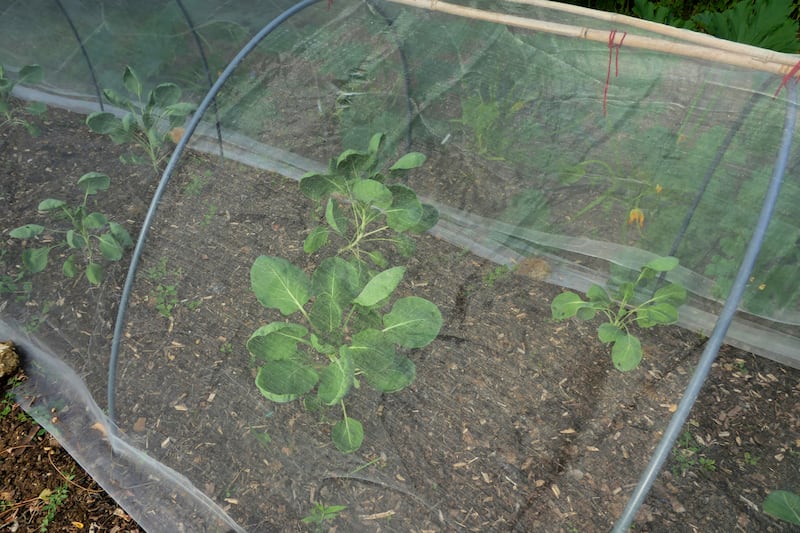
Start collecting the fallen leaves of deciduous trees and shrubs to make leaf mould, which is a brilliant addition to homemade compost or can also be used as a humus-rich top-dressing for pots and containers. Simply pack the damp leaves quite tightly into a black plastic bag, puncture a few holes in the base for drainage and then place it somewhere cool, dark and sheltered from heavy rain where the leaves can slowly break down over a couple of years.
Overwintering hardy members of the brassica family such as cabbage, kale and Brussels sprouts need to be covered with a net at this time of year to protect them from pigeon damage. Secure this firmly in place and in such a way that birds can’t get accidentally trapped beneath it. For the same reason, garden nets should be checked regularly to make sure they haven’t worked loose in strong winds.
Dates for your diary
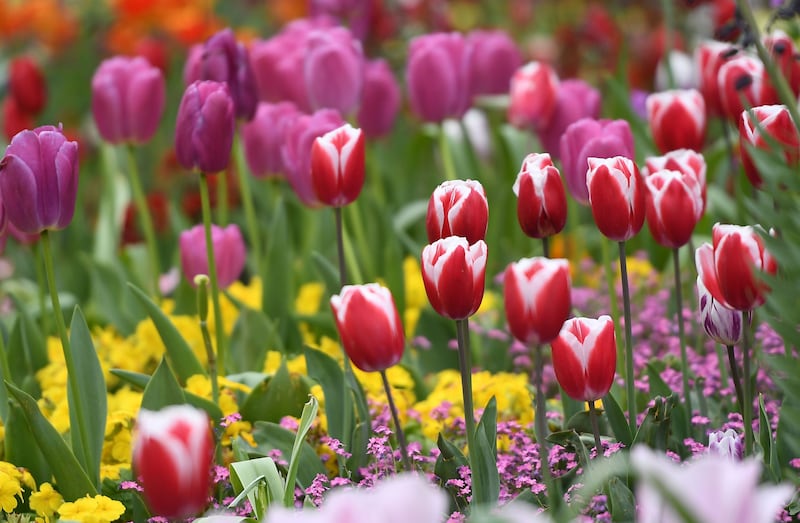
From Sunday, October 29th until Sunday, November 12th National Botanic Gardens Glasnevin, Dublin, ‘Crainn na hÉireann’, an exhibition of over sixty paintings produced over the last two years by members of the Irish Society of Botanical Artists as a celebration of the seasonal beauty of Ireland’s native trees, see irishbotanicalartists.ie.
Saturday, November 11th (9.45am-3.30pm), RHSI Bellefield Gardens, Shinrone, Co Offaly. R42 NW82, ‘Gardening for the Future’, a practical one-day workshop on soil life and structure, composting methods, organic feeds and new ways of gardening, see rhsi.ie for booking details.



















